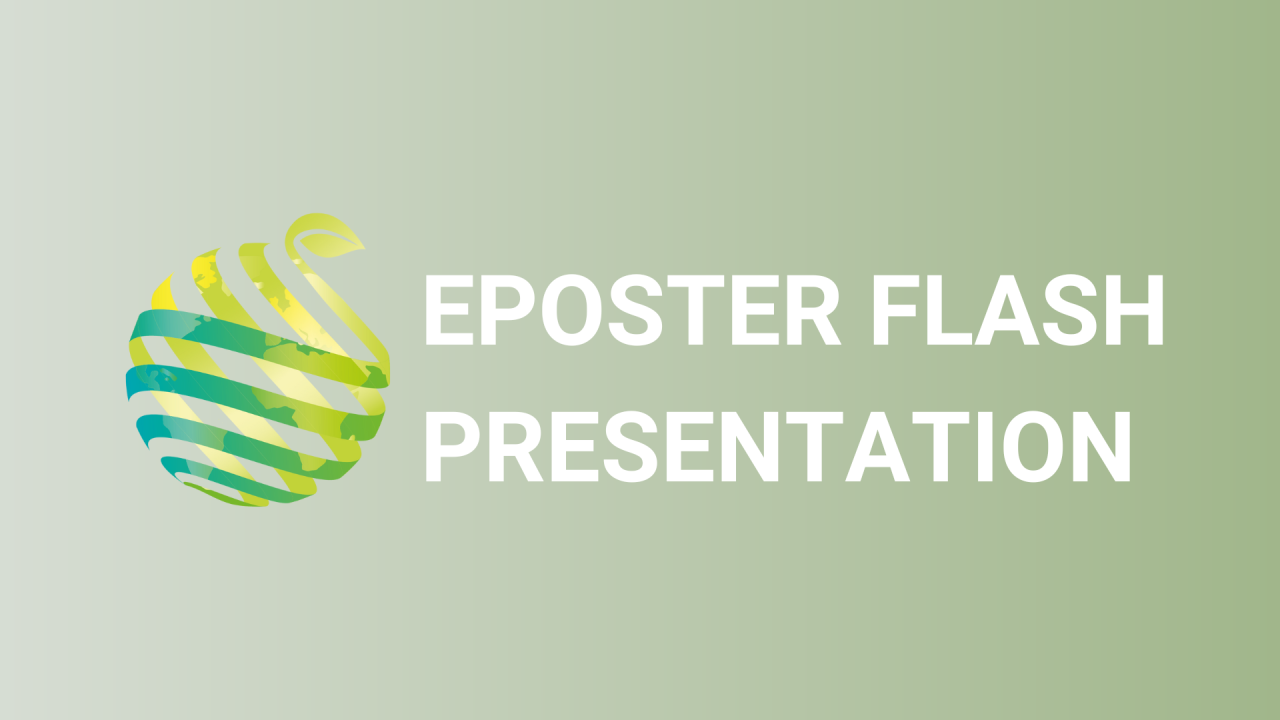

S08 - Session P7 - Evaluation of reflectance changes on indoor grown lettuce under nitrogen stress and different leds treatments
Information
Authors: Matteo Landolfo *, Vito Cerasola, Ilaria Zauli, Giuseppina Pennisi, Giorgio Gianquinto, Francesco Orsini
Advances in remote crop monitoring and dynamic management of agricultural input allow for optimized resource use efficiency in modern food production systems. Traditionally, crop stress monitoring was performed visually by operators. However, visual symptoms often appear only once the stress is severe and consequences on yield and quality are unavoidable. Indeed, stressors that affect photosynthetic pigments may be detectable in early stages by optical sensors. Accordingly, the analysis of the spectral signatures of different stresses can play a critical role in increasing crop performances. For instance, canopy reflectance at specific spectral regions (e.g., green, red and infrared), was associated in open field or greenhouse conditions to the nitrogen status of several crops. Among innovative farming systems, Plant Factories with Artificial Lighting (PFALs, also referred to as Vertical Farms, VFs) integrate precise control of crop environmental parameters, including light, which is generally supplied through LEDs. The present research addressed the definition of canopy reflectance at 560, 690 and 810 nm of a lettuce ( Lactuca sativa ) crop grown under sole artificial light and in response to nitrogen stress. Plants were sown in an aeroponic system under a constant Photon Flux Density (PFD) of 200 µmol m -2 s -1 and a photoperiod of 16/8 hours (day/night) using an optimized red and blue light spectrum (RB 3 , featuring a R:B ratio of 3). Seven days after sowing (DAS) plants were transferred into 250 cc capacity pots filled with perlite and moved to an experimental growth chambers where 27 light insulated compartments equipped with dimmable LED fixtures are installed. Nine experimental treatments (each replicated three times) were applied, combining 3 spectral composition and 3 nitrogen management strategies. The three nitrogen treatments applied, supplied respectively using a sub-irrigation method a standard nutrient solution featuring optimal N supply (18.4 mM, N 100% , control), and reduced N concentrations, namely 11.1 mM (N 60% ), and 5.5 mM (N 30% ). The three LED lighting treatments (all featuring a RB 3 ) included a red and blue spectrum (R/B, 187.5 R +62.5 B µmol m -2 s -1 , control), a red, blue and white spectrum (R/B/W, 150 R +50 B +50 W µmol m -2 s -1 ) and a red, blue and far-red spectrum (R/B/FR, 150 R +50 B +50 FR µmol m -2 s -1 ). An optical sensor was used to capture daily images of plant canopies. Destructive measurements were performed every 4 days on three replicate plant per each individual plot to compare plant biometric parameters and leaf N concentration with data captured by the sensor until 20 days after transplanting. The research highlights the limitations and potentialities of this stress detection method, proposing non-destructive and remote diagnostic tools to increase the sustainability of vertical farming cultivation systems.